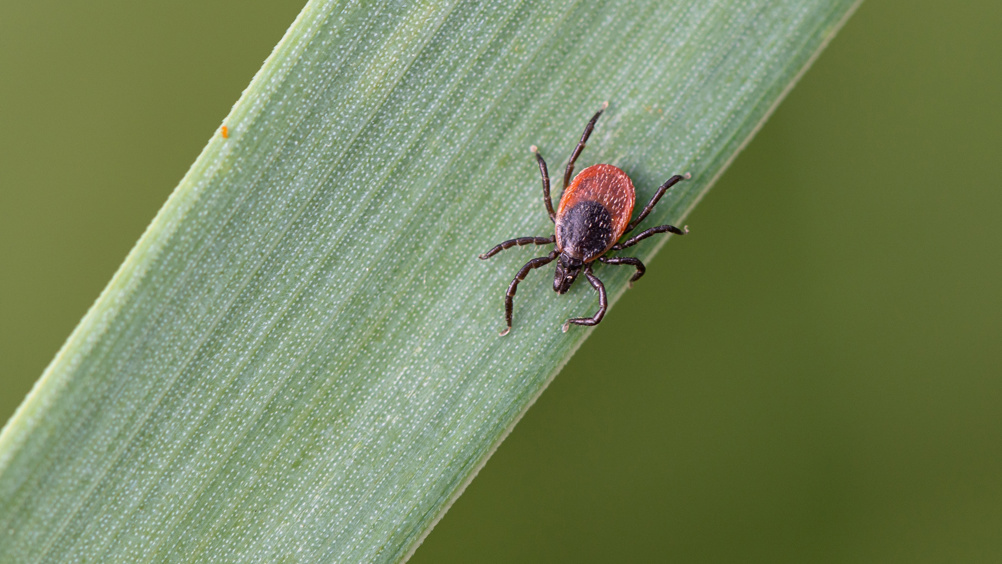References

Abstract
Q fever is a disease which can cause an acute self-limiting infection or long-term chronic condition in people exposed to the bacteria Coxiella burnetii. Most human cases in the UK are associated with livestock, particularly small ruminants, which act as a source of the bacteria. This occurs especially around abortion, which is a common symptom of livestock infection where large numbers of organisms are shed into the environment. While the bacteria is endemic in UK livestock, reported clinical cases of human and, indeed, livestock disease remain relatively uncommon, with sporadic outbreaks reported. Vaccination of livestock remains an effective One Health strategy for reducing environmental contamination and therefore exposure to the infection; however, it remains essential that appropriate precautions are taken, including wearing personal protective equipment, when handling the birth products of ruminant livestock.
Q fever or ‘Query fever’ was first identified in 1937 after an outbreak of febrile illness in abattoir workers in Queensland, Australia (Derrick, 1937). Q fever is a bacterial infection caused by the Gram-negative bacteria Coxiella burnetii, which has a wide host range including humans, ruminant livestock, companion animals, wildlife and ticks. Q fever is considered to be a neglected zoonosis which has been historically misdiagnosed and under-reported at the global scale (Boone et al, 2017). Advances in diagnostic technologies have enabled new insights into its prevalence, distribution and epidemiology in the past decade. Q fever has a near worldwide distribution (Maurin and Raoult, 1999) but profound knowledge gaps – particularly regarding variation in the human health and livestock production impacts of this disease – persist in many global contexts.
Q fever typically refers to clinical manifestation of disease in humans, whereas coxiellosis refers to an infection in animals, that may or may not be symptomatic. These terms are often used interchangeably, but the authors will follow the above distinction throughout this article. In livestock, C. burnetii infection often remains clinically inapparent, except in cases of abortion and early-stage pregnancy loss, which are reported more frequently in goats and sheep than cattle (Van den Brom et al, 2015a). In humans, infection can cause either a self-limiting acute or, more rarely, a chronic disease (Gikas et al, 2010). Acute human infections are also often asymptomatic, but the most common clinical manifestation are non-specific flu-like symptoms and pneumonia (Marrie, 2010). Of particular clinical concern is chronic infection, which is estimated to occur in about 1–5% of Q fever cases, and this may cause long-term health complications or even death (Maurin and Raoult, 1999).
Register now to continue reading
Thank you for visiting UK-VET Companion Animal and reading some of our peer-reviewed content for veterinary professionals. To continue reading this article, please register today.

